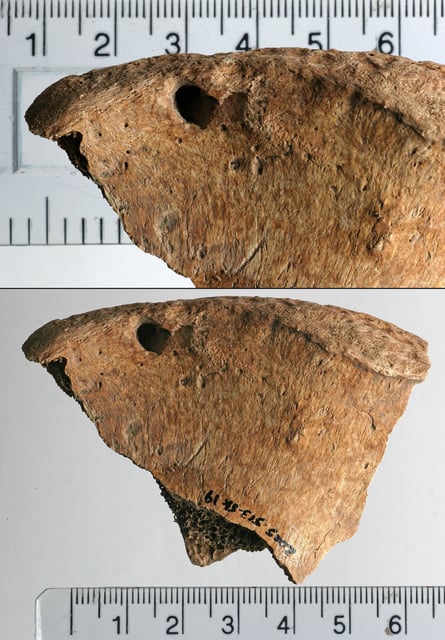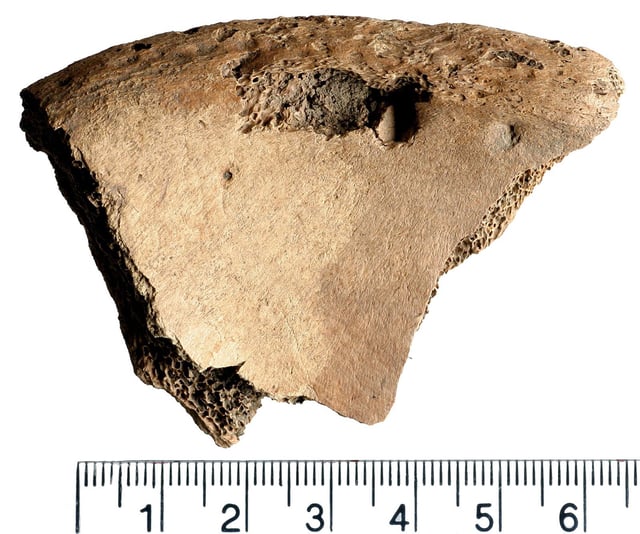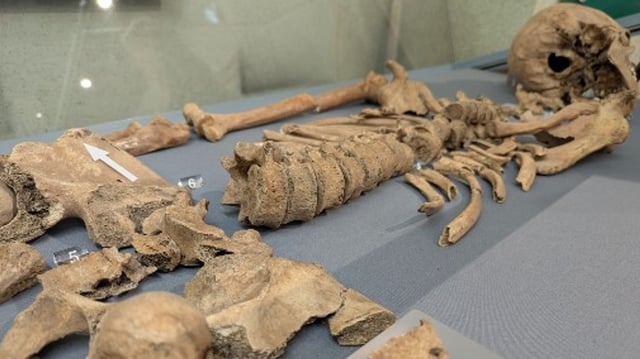Overview
- Bite marks on a pelvis from a Roman-era skeleton in York have been identified as those of a lion, marking the first physical evidence of gladiators fighting animals in ancient Britain.
- The findings, published in PLOS ONE on April 23, 2025, confirm that the injuries occurred at or near the time of death, likely when the lion dragged the incapacitated individual.
- Excavations at Driffield Terrace uncovered over 80 male skeletons, many decapitated and showing signs of violent trauma, suggesting the site was a gladiator cemetery.
- The discovery highlights Rome's logistical reach in transporting exotic animals like lions from North Africa or the Near East to distant provinces for public spectacles.
- Researchers plan to investigate York's missing amphitheater and burial practices to better understand the context of beast-hunt spectacles in Roman Britain.


